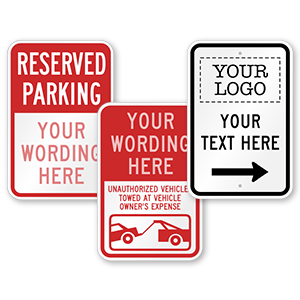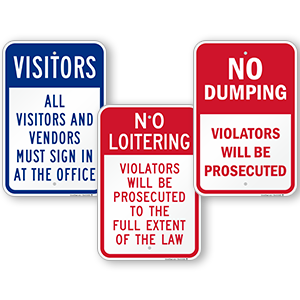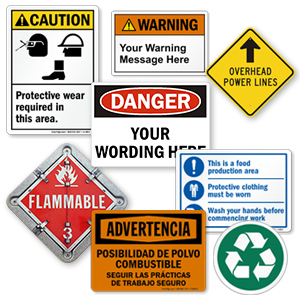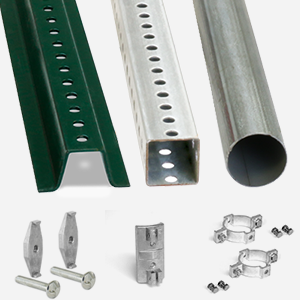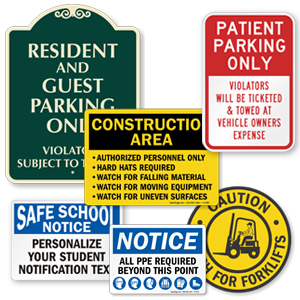How will the Internet of Things impact data center energy consumption?
140 billion kilowatt-hours. That’s the level of data center energy consumption that the United States should expect annually by 2020. To put that in perspective, in 2013 (the most recent year for which data are available), every household in New York City combined used about a third of that amount.
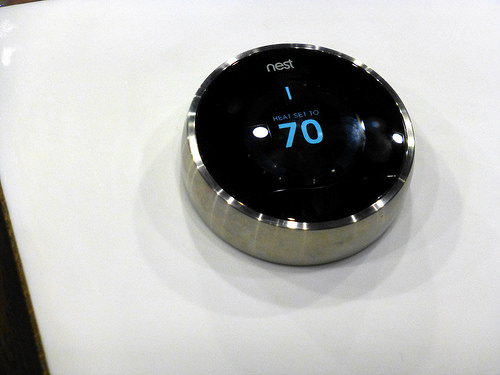
The Internet of Things is expected to increase data centers’ energy consumption, but those centers are becoming ever more efficient. Image from Global Panorama.
What’s driving the massive electrical demand in data centers? Simple: The Internet of Things. (We cringe at the phrase, too, but it’s appropriate here.)
From medical devices and cars to codes that help your microwave communicate with your burrito—seriously—the number of things in our lives that connect to the Internet is beyond what even the most visionary sci-fi aficionado could have imagined 20 years ago.
The anticipated 53% increase in data center energy consumption over the next five years is, by most standards, alarming. And As Patrick Thibodeau notes in Computer World, “Any increase in fossil fuels used to generate an electricity will result in an increase in carbon emissions.”
So all those hyper-efficient electric cars that link up to the internet are actually driving increased carbon emissions?
Not so fast, says Urs Hözel, who is in charge of Google’s worldwide network of data centers. As reported on Wired magazine’s website, Hözel says he is “pretty confident that the Internet of Things is going to have a net negative power consumption.”
Hözel may have a point. It’s worth noting which type of data centers are driving most of the demand for electricity. The Natural Resource Defense Council, who projected the 2020 kilowatt-hour demand described above, makes a distinction between the electricity needed to fuel data centers for small- or medium-sized corporations and electricity needed to fuel the server farms that support Google (and Amazon, and Facebook, and other ‘Net behemoths).
Those larger operations demand a lot of electricity, to be sure—and it’s demand that simply didn’t exist before the Internet of Things explosion—but they’re also much more efficient than the smaller data centers. Thibodeau says that the largest cloud providers are only responsible for around 5% of all data center energy usage.
Hözel also suggests that the benefits of ‘Net-connected devices are likely to outweigh the incremental energy demand that they create. For example: Using an Internet-connected thermostat in a home requires some energy in order to operate the data exchange, but it also allows the home to run more efficiently with little effort from the homeowner. “If you control lights, heat, and cooling in smarter ways, that’s really substantial,” Hözel told reporters.
Hözel also uses the example of self-driving cars. To be sure, there will be a lot of data exchange inherent in a properly operating self-driving car. (After all, how will it know to take me to the correct ice cream parlor—or home from a bar?) And, yet, with “every car [as a] potential carpool,” Hözel thinks we’ll have “fewer cars on the road, fewer parking lots, [and] less congestion.”
Still, as more and more of the things we interact with every day becoming Internet-driven, the percentage of data center energy consumption attributable to the Internet of Things seems destined to skyrocket. Some companies have already taken significant strides to combat the environmental impact of the digital world. All of Apple’s data centers are run on renewable energy.
Google uses renewable energy to power “over 35%” of their operations, and they take on the question of data center energy consumption in refreshingly candid terms: “Why don’t we build clean energy sources right on our data centers? Unfortunately, the places with the best renewable power are generally not the same places where a data center can most efficiently and reliably serve its users. While our data centers operate 24/7, most renewable energy sources don’t—yet.”
It’s a bit of a Catch-22: 24/7 data center operation places extraordinary demands on energy consumption. And yet, at the same time, do you really want Google to shut down every night between midnight and 6 a.m.? Your Google-connected Nest home management system would shut down, and that driverless car wouldn’t be able to get you home from the bar. That’s not good for anybody involved.
So the Internet of Things is inevitable, and so are the energy demands that come with it. Here’s hoping the IoT behemoths keep finding ways to operate more efficiently, and the little guys follow suit.


